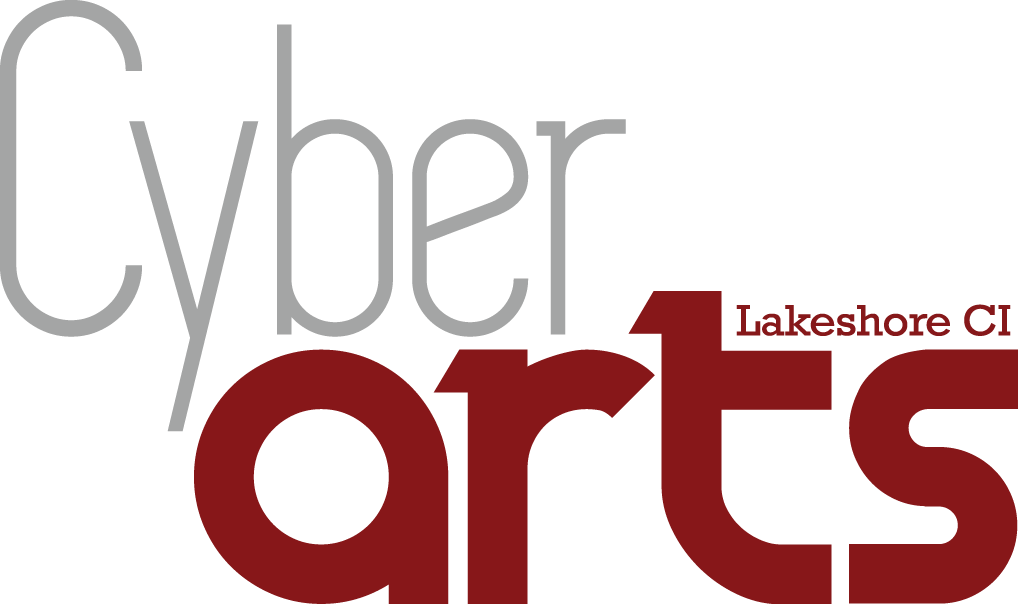Time Changes by: Alex Janvier 20x20 oil on canvas.
Description
This painting is an oil on canvas by the artist know as Alex Janvier it was done in 2012 and mainly features different types of line and swirls. The lines featured in here are straight, diagonal, vertical, curved, spiral, horizontal, thick, thin wavy and as stated before swirly. The kinds of texture i see are soft, vainly and stringy. The types of shapes in this artwork are circles, lines and triangles. The colours featured in this piece are various shades of white, red, pink, orange, yellow and blue. The colours themselves being bright, pastel, bold, light, strong, soft and complementary such as white and black, yellow and blue, green and red and orange and purple.
Analysis.
The focal point of the artwork for me if the dark blue lines in the centre and then gradually going up or down from there. The type of balance i think is used is asymmetrical because the painting is dark one side and lighter on the other creating an uneven balance of light. The light is coming from the top left or the middle right and fading into the middle a little bit, it is also getting darker on the middle left-hand side of the painting. The darkest parts of the painting is the top centre, then it leads down to the middle left, before going back to the centre and trickling down the bottom middle and right hand sides of the paintings. This artwork shows a good example of flat space
because there is no space, between the lines there are shallow spaces but there is no illusion of space in this painting. What is repeated the most in this artwork is a lot of the colours such as the whites, pink an reds, as well as the lines, all of them unique but the concept is very much repeated.
Interpretation.
The meaning behind this artwork albeit was hard to find is that like the lines in this picture time changes frequently and in many ways sometimes more confusing than it seems or appears at first but we have to be ready to accept that change for the better. What is happening in this work is that the lines are going in different directions and some are long and represent big change some are short and represent small change. In this artwork the artist is not concerned with imitating nature. I do feel the artist is concerned with expressing the feeling of uneasiness or anxiety but also relaxation and a sense of calmness as well. The artist is also concerned with lines in his painting and colours because life is full of different paths and feelings. The title tells me everything about this artwork considering without it, it would just be a circle with beautiful lines inside of it and I would think it would only be for aesthetics, instead I know that lines are for time and how it change, how it affects you and etc. The words I find that best describe the piece of artwork are calming, anxiety, uneasiness, relaxation, worry, time, change, exhaustion, complexity, confusion and beauty.
Judgement
The theory I feel best describes this art is formalism, because formalism is the theory of attracting the viewer and making them aware of lines, shapes, colours or designs and this artwork does just that it shows you and makes you aware of the lines and colours in the piece. I like this artwork because it's beautiful and it's aesthetically pleasing to my eye, it calming whilst also applying an uneasy feeling within me but it makes me feel nice in a way, it sends off a good vibe.


















